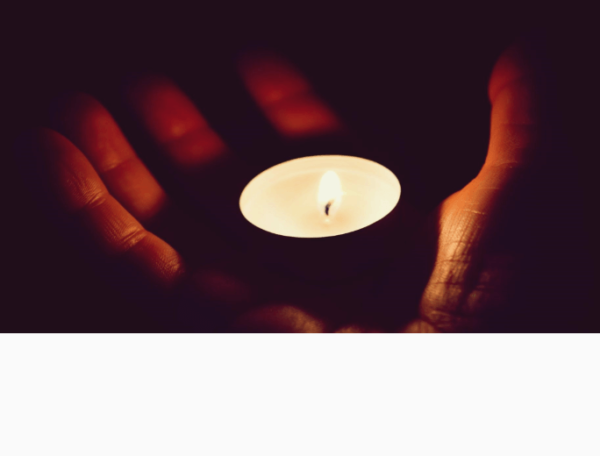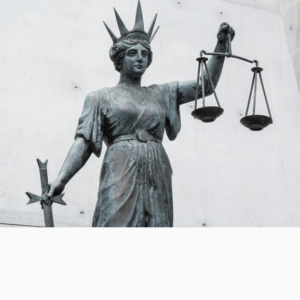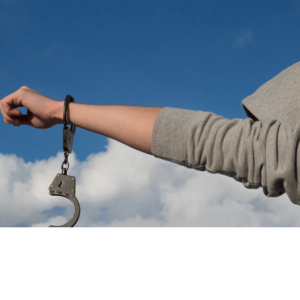- 1.1: Describe the history and key concepts of the study of victimology.
- 1.2: Differentiate the major theoretical frameworks used in the field of victimology and their impact.
Victimology
This course presents an overview of victimization in the United States and provides an introduction to the study of victims within the criminal justice system. Students will learn the history of victimology, theories of victimization, and strategies for gathering victimization data. Victim rights and services will be explored as will the justice system’s response to victimization. Students will learn about different types of victims, such as children and the elderly, and victims of certain types of crimes, such as homicide, intimate partner violence, and sexual assault. Upon completion, students will have a solid foundation in the concepts of victimology.
Learning Objectives/
- 2.1: Describe the scope and breadth of victimization in the United States.
- 2.2: Analyze victimization measurement techniques, including their strengths and weaknesses.
- 3.1: Examine the ways that the criminal justice system interacts with victims of crime, including system biases.
- 3.2: Compare child and elderly abuse and neglect, including laws and factors that lead to abuse.
- 4.1: Discuss the physical and emotional impact violence has on victims.
- 4.2: Discuss the financial costs of victimization in the United States, including costs to individuals, businesses, organizations, and the general population.
- 5.1: Evaluate the development of the victims’ rights movement, its effectiveness, and the ways it has helped victims seek justice.
- 5.2: Compare types of restorative justice and victim compensation.
- 6.1: Analyze the different types of sexual assault and harassment, victim statistics, and help-seeking behaviors.
- 6.2: Compare how society and the criminal justice system have responded historically to sexual assault victims and how that response is changing today.
- 7.1: Examine domestic violence and how it has changed over time.
- 7.2: Analyze the cycle of domestic violence and factors to help break the cycle.
- 8.1: Compare child and elderly abuse and neglect, including laws and factors that lead to abuse.
- 8.2: Outline reporting and responding to elder and child abuse and neglect, including protection agencies, removal, and protections.
- 9.1: Assess mental and physical disabilities victimization and the system responses.
- 9.2: Examine property crime and system responses.
- 10.1: Analyze homicide victimization and the criminal justice system’s response.
- 10.2: Differentiate extreme and exception homicides, including effects on victims’ families and criminal justice system’s response.
- 11.1: Describe causes of workplace violence and how it affects victims and the organizations.
- 11.2: Examine school violence, its impact on victims, and system reactions to bullying.
- 12.1: Compare various trafficking types, their impact on victims and society, and how organizations are working to eliminate trafficking.
- 12.2: Assess the types and statistics on occurrences of hate crimes and their impact on victims, individuals, and communities.








There are no reviews yet.